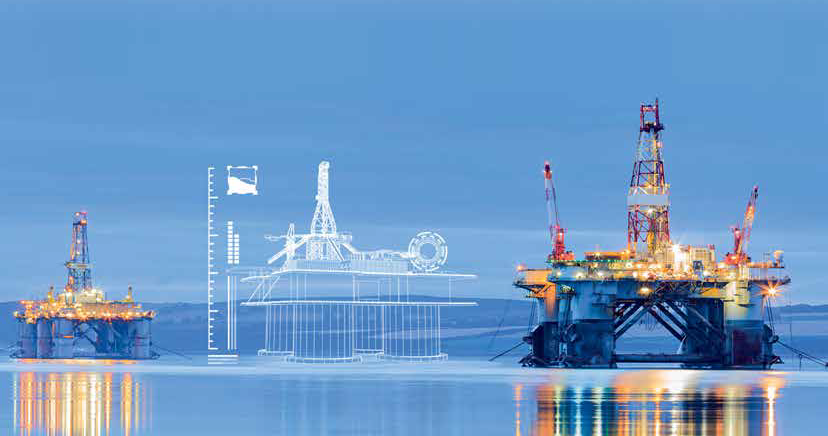Abstract
In this technical article, the authors discuss the development of CAE models for simulating the behavior of shaped charges, devices used in various industrial sectors, against two types of target – a monolithic steel target and a multi-layer steel-ceramic target – in order to better understand the physics of penetration.
These models can be used to improve the designs for structurally hardening passive ballistic protections or for maximizing the effects of the shaped charges. The models used are applied using two consolidated commercial solvers, LS-DYNA>® and ANSYS® Autodyn®, and the article provides information on the strategy and the numerical models adopted in the analyses.
Read the article


